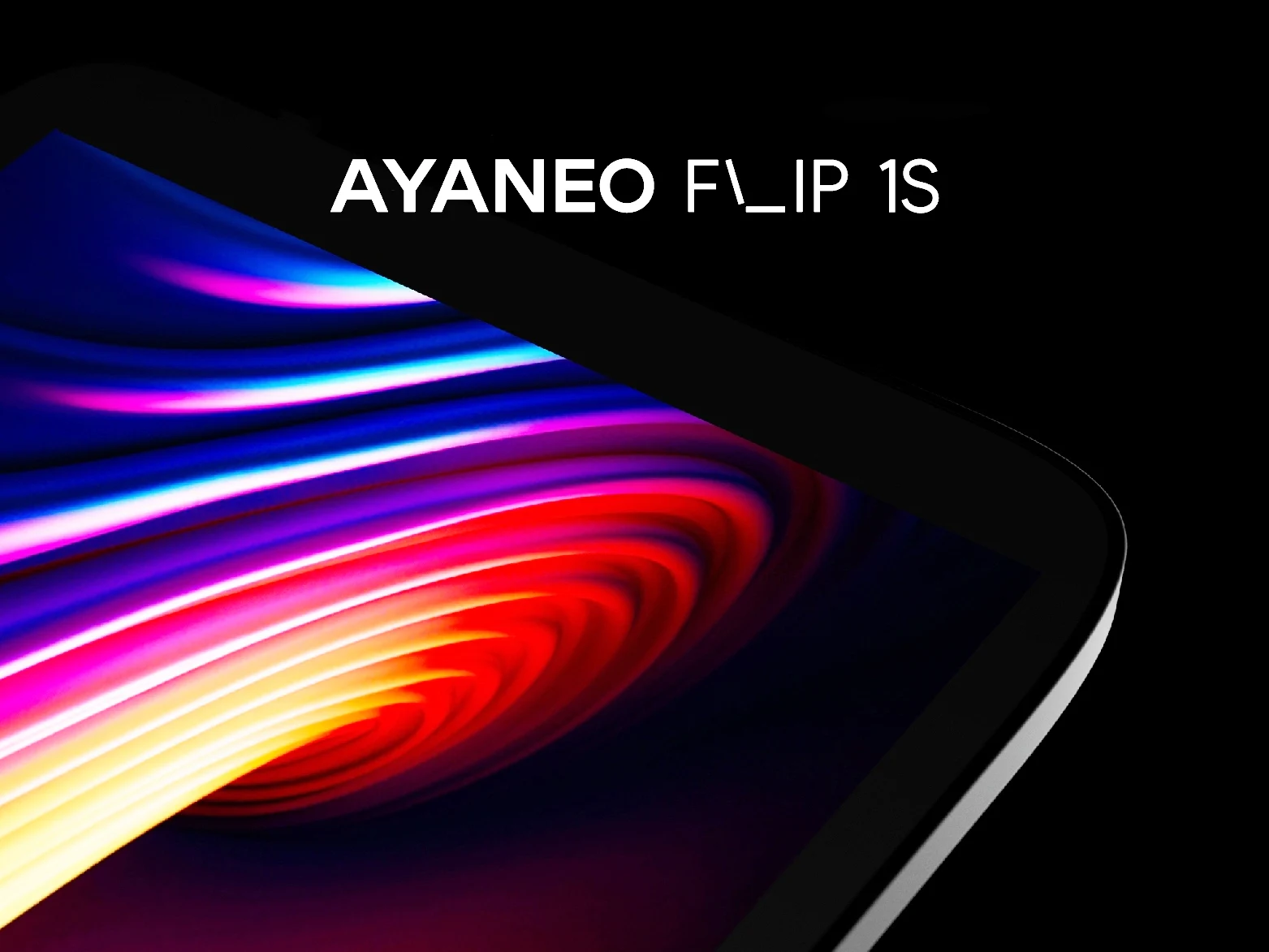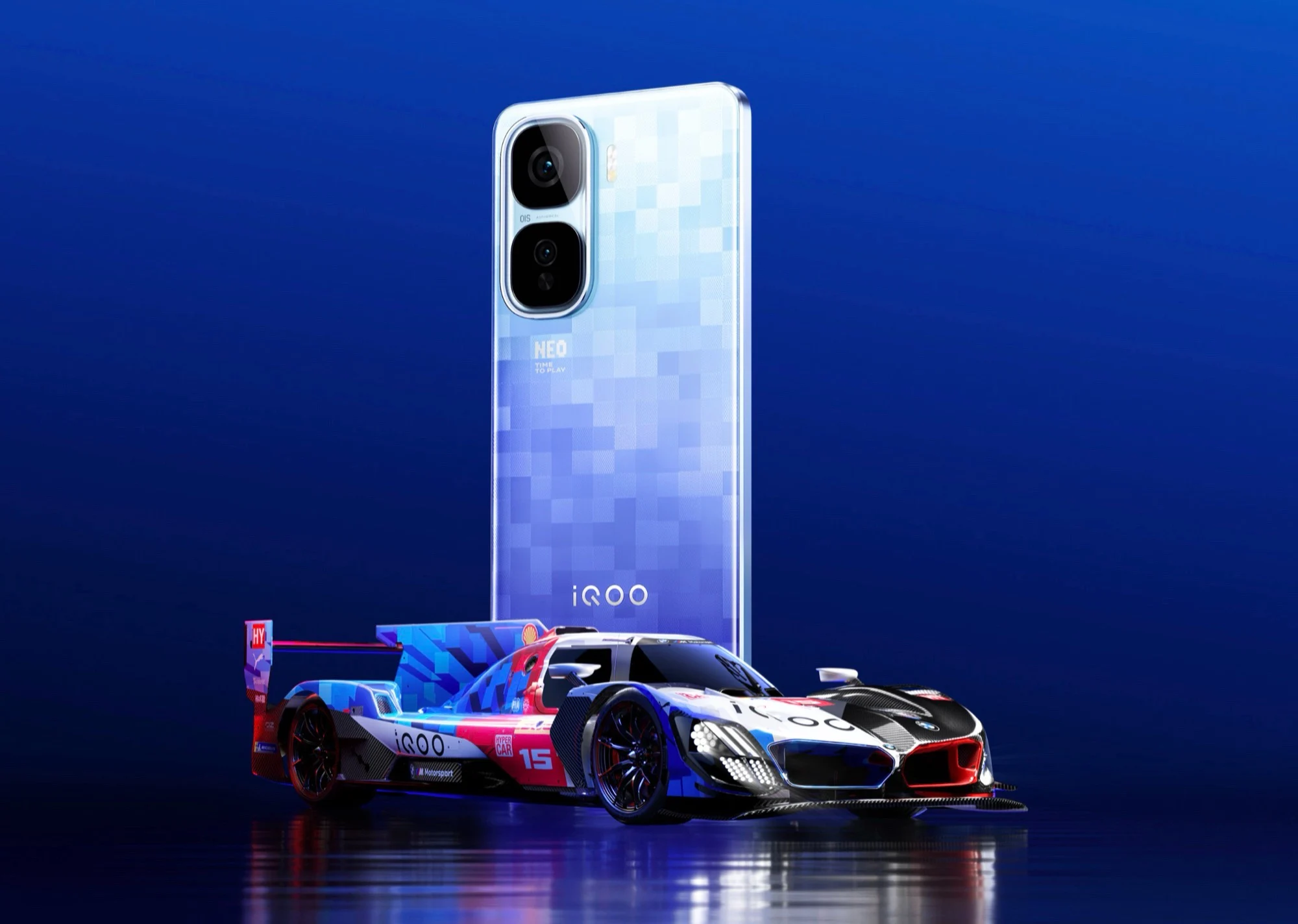Key Takeaways
1. Baseus has launched the Nomos NU1 Air Spacemate 12-in-1 Docking Station, a budget-friendly alternative to the Spacemate 11-in-1, featuring a metal body and 12 ports.
2. The compact design measures 65.5 mm in width and 115.5 mm in height, and it works with both Windows and Mac computers.
3. The new docking station includes an SD card slot but has removed two display outputs, now offering only two HDMI ports.
4. A convenient screen-locking button allows users to put the connected device to sleep or activate “Energy Saving” mode, which only powers the 100 W PD port.
5. The Nomos NU1 Air Spacemate is available at a special pre-launch discounted price, with a regular price of $99.99 / €99.99 after the promotion.
After the release of the Spacemate 11-in-1 Docking Station for Windows and macOS last year, Baseus has introduced a new, budget-friendly alternative. The recently announced Baseus Nomos NU1 Air Spacemate 12-in-1 Docking Station has officially launched, featuring a metal body that hosts 12 ports and comes at a lower price compared to the Spacemate 11-in-1.
Compact Design
In terms of design, the Nomos NU1 Air Spacemate is quite compact, with dimensions of 65.5 mm in width and 115.5 mm in height. This dock includes a total of 12 ports located on both the front and back sides. Unlike last year, Baseus is now offering just one version of the Nomos NU1 Air Spacemate that works with both Windows and Mac computers.
Port Features
The Baseus Nomos NU1 Air Spacemate is equipped with:
One of the main issues we pointed out in our hands-on review of the Baseus Spacemate 11-in-1 was the absence of an SD card slot. So, it’s great to see that Baseus has now included this feature.
But with the addition of the SD card slots, there has been a trade-off: the removal of two display outputs. The Nomos NU1 Air Spacemate now only has two HDMI ports. Therefore, if you’re aiming to connect more than two displays, you must consider the Spacemate Win/Mac 11-in-1 (available on Amazon).
Convenient Features
The dock also brings back the screen-locking button positioned on top. A single press of this button puts the connected device to sleep, while holding it for two seconds reportedly activates “Energy Saving” mode.
Basues asserts that this “Energy Saving” mode disconnects all other ports except the 100 W PD port. Thus, the dock continues to charge the connected device without directing power to other ports.
So, who really needs the Baseus Nomos NU1 Air Spacemate 12-in-1?
The Baseus Nomos NU1 Air Spacemate 12-in-1 appears to be ideal for those who want to utilize several monitors and ports without managing a tangled mess of cables. Additionally, gamers looking to connect multiple monitors and accessories such as a keyboard and mouse to their gaming laptops may find the Nomos NU1 Air Spacemate particularly useful.
Pricing and Availability
Starting today, the Baseus Nomos NU1 Air Spacemate 12-in-1 Docking Station is available in the U.S. on Amazon at a special “pre-launch” discounted price. Customers in the EU can also purchase the dock at a lower price on Amazon.de. After the pre-launch pricing period concludes, the Nomos NU1 Air Spacemate will presumably be sold for $99.99 / €99.99.



















